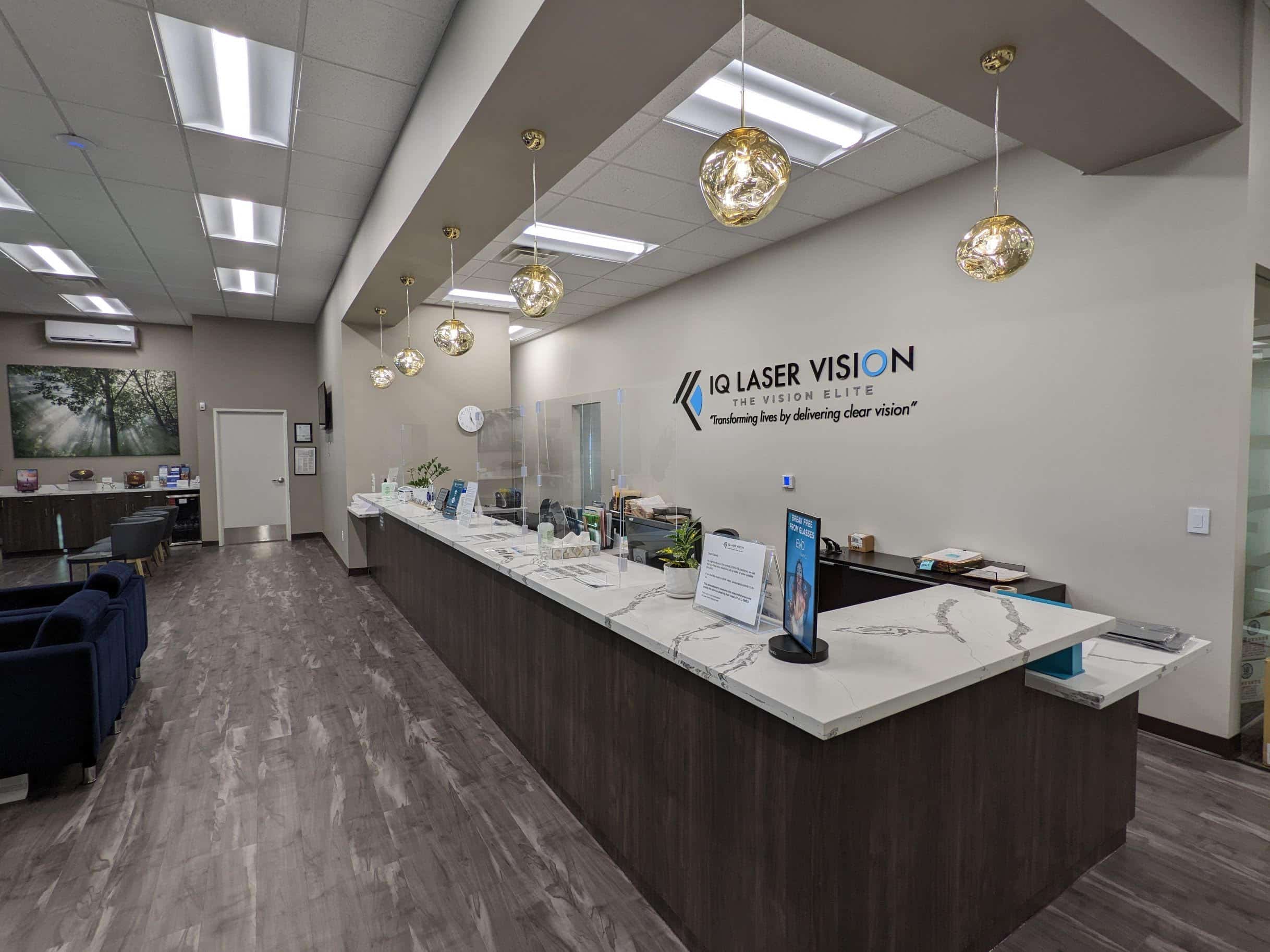If you’ve been dealing with vision issues for some time now, and you want to live a life that’s free from eyeglasses and contact lenses. Then you might benefit from considering laser eye surgery.
There are many different types of laser eye surgery available to treat people who suffer from farsightedness, nearsightedness, presbyopia aka reading problems and astigmatism. However, the two main options for most eye surgery candidates are LASIK and PRK.

Although today, LASIK seems to be more well-known than PRK, the truth is that PRK actually came first.
Otherwise known as photorefractive keratectomy. This form of surgery still remains to be a highly popular and very successful form of optical surgery. Ideal for getting rid of problems caused by refractive issues in the cornea of the eye.
While both LASIK and PRK work by reshaping the cornea with a tool called an excimer laser. There are distinct differences between both of these procedures.
Distinguishing PRK Surgery from LASIK
On the surface, PRK and LASIK are very similar procedures. They are both designed to treat the same problems of farsightedness, nearsightedness, close up reading and astigmatism. Additionally, both LASIK and PRK work to repair eye problems by reshaping the cornea of the eye. The difference between PRK and LASIK takes place within the initial stages of the surgical procedure.
In the LASIK process, the surgeon creates a small flap in the section of the eye covering your cornea, to give them access to the rest of the cornea. This flap can then be replaced after the surgery is complete, leading to quick recovery times. On the other hand, with PRK, there is no flap, the whole lens covering the eye is removed, and it naturally grows back by itself over a period of around 3 days after the surgery.
Both LASIK and PRK can permanently change the shape of the cornea using laser technology. The only difference is the way that the surgeon accesses the cornea with the laser. The outside of the cornea, known as the epithelium is fully removed in PRK. Then a special contact lens is used to protect the eye until the layer repairs itself.
Both PRK and LASIK are Safe Surgical Procedures
PRK is an alternative form of eye surgery that can be beneficial for people who wouldn’t be suitable for LASIK treatment. The biggest advantage of choosing PRK over LASIK is the fact that PRK can be safer than its modern counterpart. Although both LASIK and PRK are safe. The fact that there’s no corneal flap to deal with can make completing the procedure much easier for your surgeon. The lack of a LASIK flap also means that there’s no risk of a displaced flap. Wrinkled flap, incomplete flap, or debris or inflammation within the flap causing vision problems.
Additionally, in some cases, without the corneal flap to worry about, it may be possible to leave more of the eye’s corneal tissue intact, which mean that the eye remains stronger and more stable after the procedure. This can leave a greater amount of tissue available for additional treatments if enhancements are needed in the future. There is also some evidence that patients may have fewer short-term post-operative symptoms of dry eye with PRK compared to LASIK.
Are There Any Risks of Complications with PRK?
Similarly to any surgery, PRK can feature some complications, but the risk of side-effects with this procedure is incredibly low. Some patients who have PRK surgery notice halos and glares around their vision when they’re exposed to bright lights, especially at night time, as well as scarring of the cornea, cloudiness in the cornea, and cornea-based infections.
In some cases, as with any form of eye surgery, you may find that your vision is overcorrected or under-corrected. Most complications can be overcome without any loss of vision, although rare problems can emerge in some cases. Patients who follow the instructions of their surgeons shouldn’t have any long-term concerns.
Around 90% of the people who get PRK find that they end up with at least 20/40 vision or better which is ok to drive legally by the DMV, without the need for additional contact lenses or glasses. However, it’s important to remember that PRK surgery can only treat some conditions. Without or with refractive surgery, almost everyone with good long-distance vision will need reading glasses after they reach the age of 40 if they decide to forego monovision.
Should You Get PRK Surgery?
The best way to decide whether you should get PRK surgery is to speak to your eye doctor about your options. A surgeon or optical expert will be able to give you more information about your options. If you have thin corneas or regularly suffer from dry eyes, then PRK could be a great option for you. For people with these conditions, other forms of refractive surgery like LASIK may not be recommended.
If you’re the kind of person who lives a very active lifestyle, or has a high-octane career, then PRK may be a better option for you compared to similar procedures. This is because PRK doesn’t involve making a flap in the cornea. If you’re an active person, you’re more likely to cause damage to your eye by dislodging a corneal flap.
Your doctor will conduct a thorough assessment to determine whether you’re suitable for PRK or LASIK. You will need to be 18 years old at a minimum which is when your vision is most likely to have finished developing and changing. Additionally, most surgeons will ask to make sure that your vision hasn’t changed in the last year. Your corneas need to be healthy, and your overall eye health should be generally good too.























